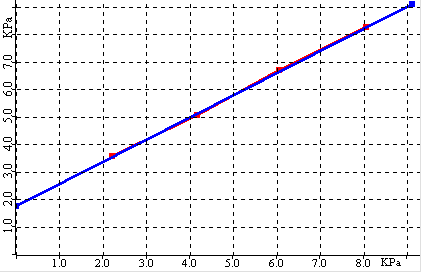|
||
|
||
|
The Unconfined Yield Strength is the shear stress needed to fail or fracture a consolidated powder mass to initialize flow. The force used to consolidate the powder mass is called the Major Consolidation Stress. In other words, the unconfined yield strength is a measure of the strength of a powder mass when the powder experiences major consolidation stress. The Unconfined Yield Strength is calculated using the below formula:
|
||
|
|
||
|
A Flow Function Plot can be generated by plotting a powder's Unconfined Yield Strength versus Major Consolidation Stress. The flow function plot is a quantitative measure of the flowability of the powder. The inverse of the slope of the flow function plot can be used as a flow index. Generally, the closer a powder's flow function is to the x-axis, the more easily the powder will flow. The Volution is used to measure a powder's cohesion and angle of internal friction at various loads to generate its flow function and thus quantify its flow behavior.
|
||
|
|


